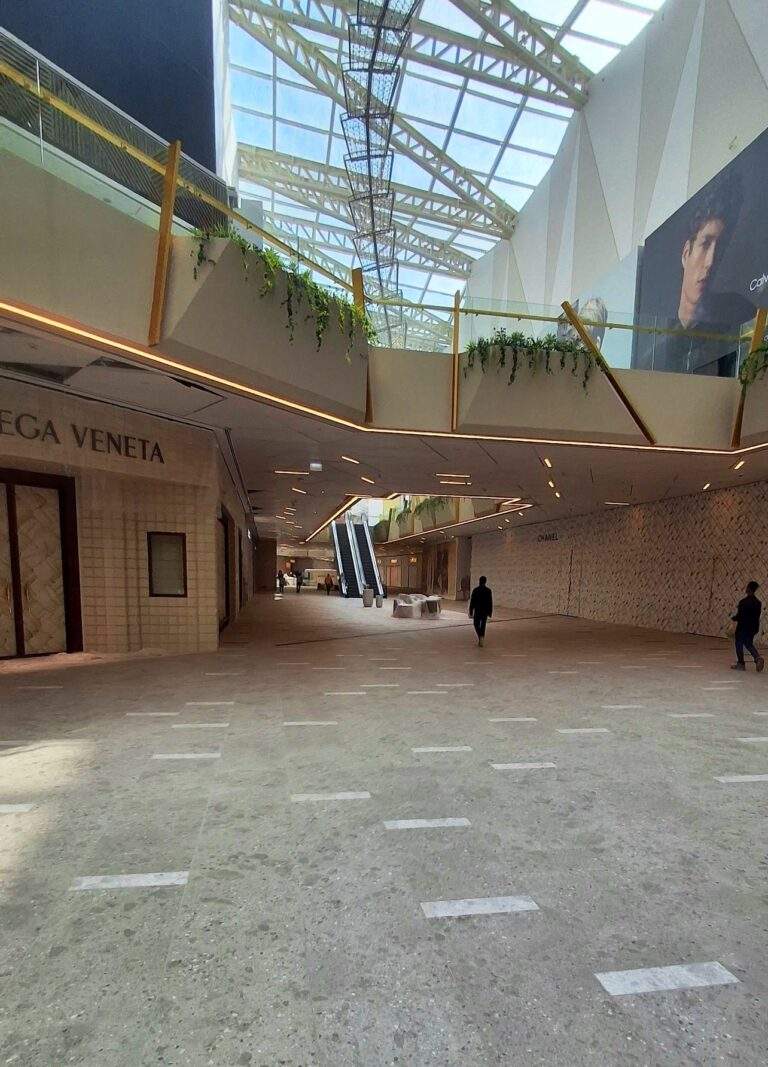The city of Austin, Texas, has announced the selection of a design team to develop a 15-kilometer light rail line. This aims to enhance public transportation infrastructure and improve connectivity between key areas. The Sustainable Urban Transport Project is part of a long-term plan. It seeks to expand mass transit options and reduce reliance on private vehicles.
Project Scope
The new line will run north-south, connecting the University of Texas, Downtown, East Riverside, and South Congress. These are areas with high population density and daily commuter traffic. The project will include 15 stations. Each station is designed to reflect the architectural and environmental character of its surrounding neighborhood.
The expected completion date is 2033. The construction will be phased to ensure seamless integration with the city’s existing infrastructure. This is in line with the Sustainable Urban Transport Project’s goals.
Design Principles and Urban Planning
1. Stations Tailored to Each Neighborhood
The project aims to integrate public transit with urban environments. Stations will align with the identity of each district. The design will provide a comfortable and safe environment for users. It will also include dedicated public spaces. These spaces will serve local communities and are key components of the Sustainable Urban Transport Project.

2. Enhancing Public Spaces and Green Corridors
The design will feature tree-lined streets and expansive public areas around stations. This encourages walking and cycling. It also reduces the environmental impact of vehicle emissions.
3. Seamless Integration with Other Transport Networks
The light rail system will be connected to pedestrian walkways, cycling paths, and other mass transit systems. This will improve mobility and accessibility. It offers practical and sustainable travel alternatives. This integration is crucial for the success of the Sustainable Urban Transport Project.
The Role of Cognitive Experience Design
The project will emphasize user experience by analysing commuter behaviour and responses to station and train environments. Using on-site research and data analysis, the design will ensure a comfortable, safe, and intuitive transit system. This will make public transportation a more attractive option for residents.

Project Summary Table
| Aspect | Details |
|---|---|
| Total Length | 15 kilometers |
| Number of Stations | 15 |
| Key Areas Served | University of Texas, Downtown, East Riverside, South Congress |
| Expected Completion | 2033 |
| Key Features | Customized station design – Integrated transport network – Improved public spaces |
This project marks a significant step toward enhancing Austin’s public transit network. It is part of the Sustainable Urban Transport Project. The initiative offers modern and sustainable mobility solutions. It aims to improve the overall urban living experience.







